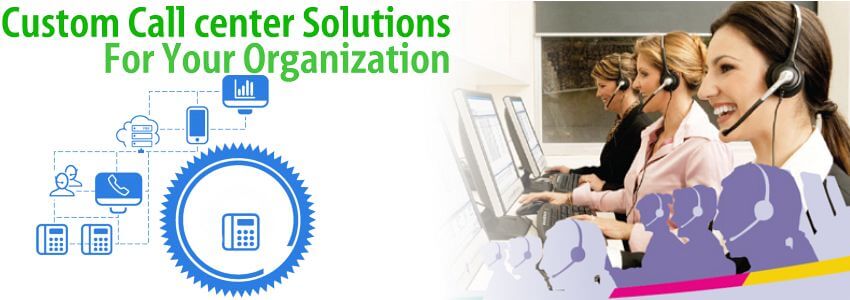Call Center to Contact Center
What is a Contact Center?
A Contact Center is a central point in an enterprise from which all customer contacts are managed.
• Goal: Educate and empower the community
• Business Case: Who, What, When, Where, Why & How?
• Cross Functional Team: A representative from each internal division and a member from the 2-1-1 Advisory Committee
• Stats: Callers demographics
• ACD Messaging, Agents Scripts, Social Media, Technology, Real Time Info, Marketing Efforts, Quality, Follow-up Remote and Staffing
• Utilizing technology to empower those in need
• More effective way to engage millenniums
• 2-1-1’s database is a valuable “RESOURCE HUB” for local and statewide services
• Information is accessible in a variety of ways
• E-Services: LIVE Chat, Text and Emailing Referrals, Emails
• Technology: QR Code, 2-1-1 App, Show me
• Real Time Information: Improve communication with agencies
• Welcome/Hold Messaging: Platform used to educate & empower callers
• Agents Closing Script: Method used to educate & empower callers
• Agent Monitoring: Changed from a team approach to only one individual (Quality Manager)
• Follow-up: Changed from a volunteer approach to creating a Quality Control Agent position
• Marketing Efforts: Logo, 2-1-1 brochure, E-Newsletters and Library Campaign
• Social Media: Facebook, Pinterest, Google+, Twitter, YouTube
• Staffing: Increased remote capabilities, Changed performance indicators
• Quality: (Customer Satisfaction Surveys)
- IVR (Interactive Voice Response) that captures caller’s feedback immediately after each call.
- Web Survey
- Chat Survey
• Additional points of connectivity to the community
• Increased staff productivity: LIVE chat allows communication with multiple customers at the same time
• Enhanced communication with our disabled population through text, email referrals and Live Chat
• Promoting online capabilities increases exposure and awareness of all aspects of United Way
• 2-1-1 remains relevant
How has the change affected
2-1-1’s volume?
• Web service stats have doubled
• Chats have continued to climb
• E-mail requests have continued to climb
• While traditional call volume is slightly down, our overall contact volume has increased
How Do E-services Affect Our Metrics?
• Average Speed of Answer: (ASA) – To maintain an average wait time of less than 2 minutes before a call is answered
• Service Level: To answer calls 80% of the time in 90 seconds or less
• Average Handled Time: (AHT) To maintain an average talk time of 5 minutes and 30 seconds
• Customer Service Satisfaction: To rate a 95% or higher. E-service users are invited to customer service survey.
• Agent Monitoring Scores: To achieve 92% or higher monthly. Chat transcripts are monitored.
E-Service Requires Metrics, Policy and Procedures Updates:
• Chat Policy – Who chats?, How many Chats?, Chat schedule, Chat hours
• Chat Metrics – AHT, ASA – consider as next contact in queue
• E-mail Policy – Who responds? How to respond?(templates)
• E-mail Metrics – ASA - consider as next contact in queue.
• E-Referral Delivery Policy – email vs text
Change to E–Services Affects Information Delivery:
How often were agents frustrated when the caller did
not have pen and paper or did not write down referrals?
E-services allows:
• E-mailing and texting of referrals
• Reduces handle time
• Reduces repeat callers
• Gives caller permanent record of referral.
• E- Referral delivery policy specifies what information is required to be given when texting or e-mailing referrals.
Conversion to a Contact Center includes taking advantage of all new
technologies:
Consider Remote Staffing:
• Improves Attendance
• Improves Punctuality
• Improves Agent Morale
- Rewards high performing agents
- Improves staff availability for extra or overtime hours.
Considerations In Remote Scheduling:
• Remote policy?
– Who is remote?
– Required work environment?
• Home visits
– What to do during loss of connection?
– Disaster response requirements
• Schedule flexibility during spikes, low staffing, disasters
• Maintain open communication – cell phone on hand
– Readjust some performance requirements
• Example: punctuality
• How often on-site?
– Ensure on-site time for on-going training
– Depends in part on philosophical considerations of your agency? Live United?
